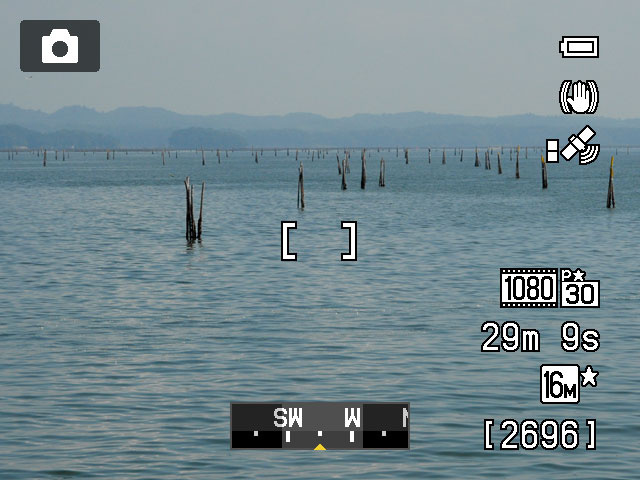GPS
A number of Nikon COOLPIX digital cameras have built-in GPS, while other cameras—including Nikon D-SLRs and select Nikon 1 cameras can utilize optional accessory GPS devices. Nikon cameras/accessory GPS units utilize the WGS 84 Geodetic System (World Geodetic System 1984). [check your camera's manual to see if it has built in GPS, or can utilize an optional accessory GPS device.]
Recording GPS data can be useful for the travel photographer who is always shooting on location, to be able to view the image metadata and see exactly where an image was captured. Some photographers like to keep track of their travels on a world map; and some websites and programs incorporate maps that let you view or categorize your photos by GPS location. This is also known as geotagging.
Geotagging
Geotagging can also be helpful for photographers who like to share with fellow photographic enthusiasts exactly where they captured a specific image, so others can find that spot and make their own images of the same subject.
When traveling outside of the U.S. with plans to use a GPS device incorporated into or as an accessory to your camera, check with the country you plan to visit to see if there are limitations to use. Certain countries prohibit the use of GPS recording equipment within their borders.
One caveat to posting digital images that have GPS information on websites is that anyone can see where your photograph(s) were taken, so if you don’t want people to know where you shot that catalog of electronics gear you own, make sure the GPS information is not in the image’s metadata when you post it to the internet.
The COOLPIX cameras' GPS features are easy to use once you’ve set the correct date and time on the camera. Simply turn on “Record GPS Data” and the feature remains active, even if the camera is turned off. This means that you need to turn the GPS mode OFF when in an airplane, hospital or other location that prohibits the use of such gear.
To triangulate your location, the camera needs to access a minimum of three satellites. The camera’s LCD will display the number of satellites that the camera is receiving data from. If three or four satellites are accessible by the camera, it can record the position information onto the image file. If only one satellite is accessible, it will not be able to triangulate the camera’s position, and if the camera can’t access a satellite signal at all, no position information will be recorded.
You can also view the GPS data on a map after you've downloaded the images to your computer, with select software.






